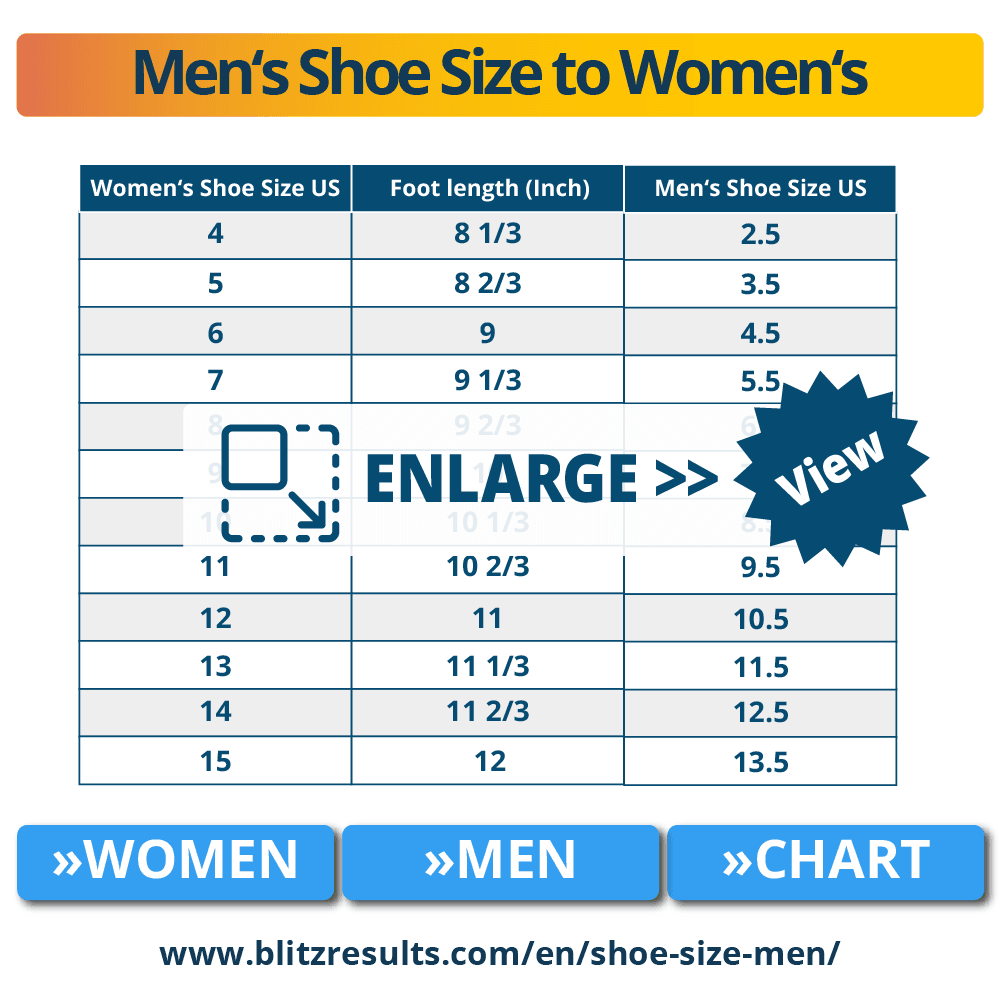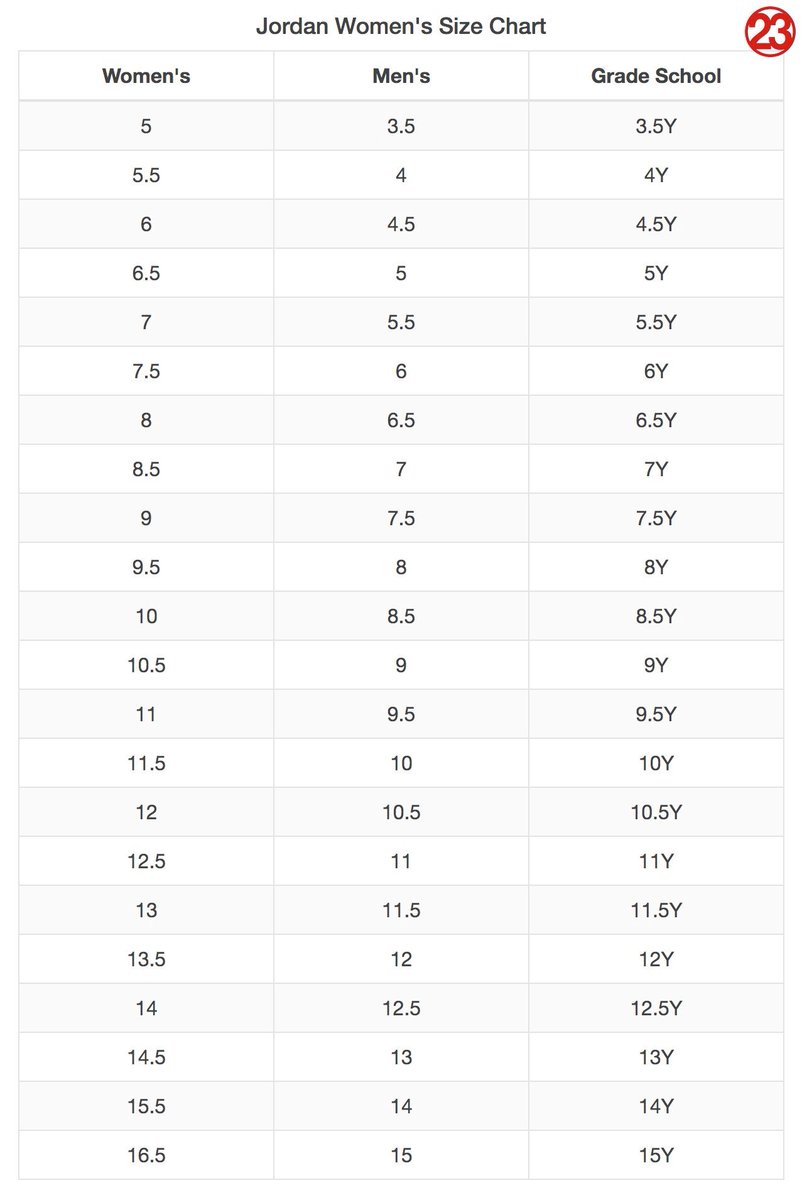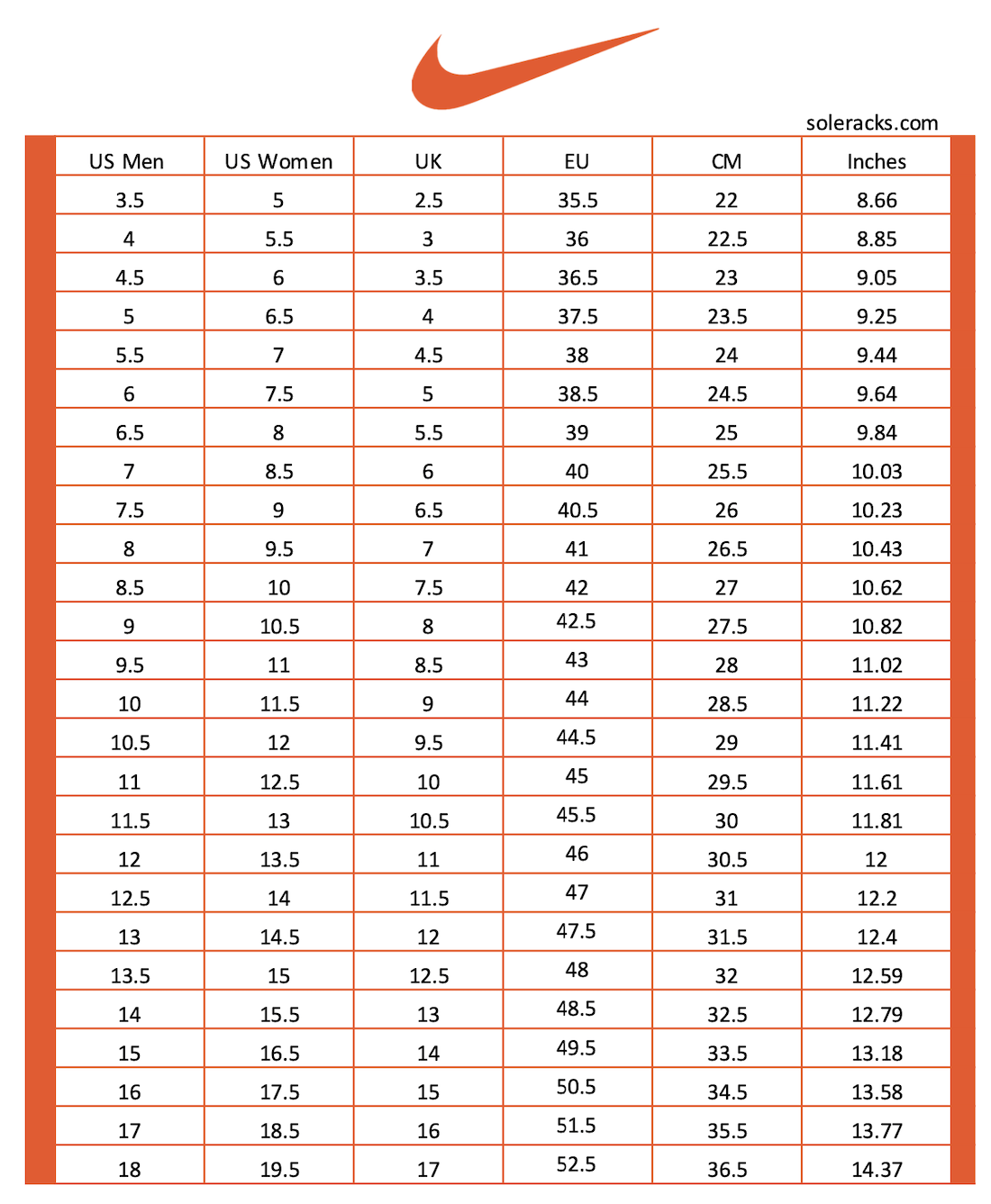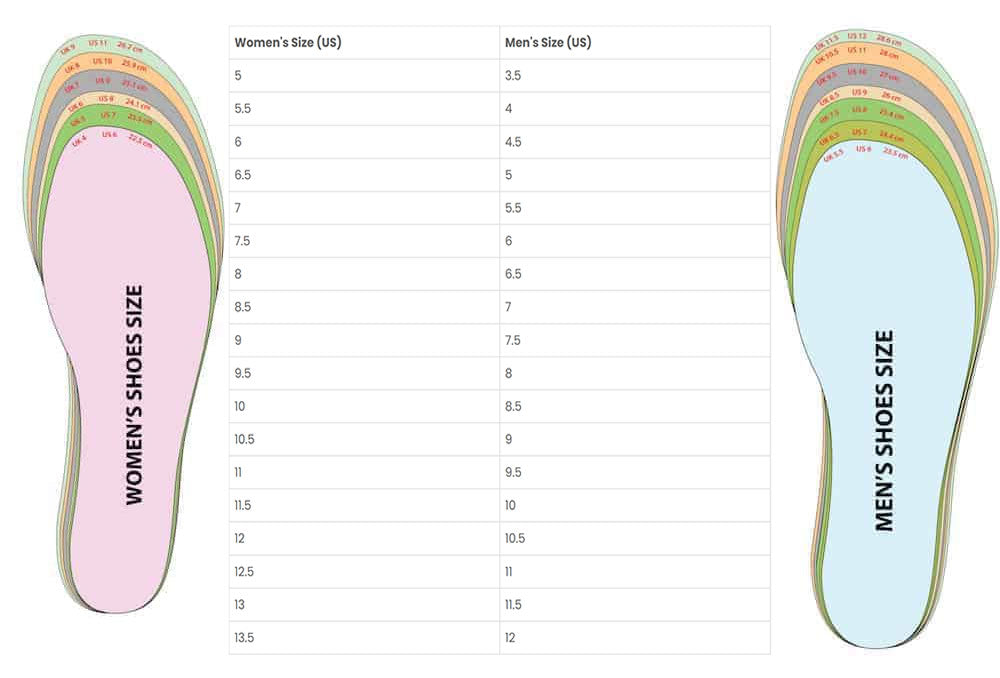Introduction
Footwear is a fundamental aspect of our daily lives, reflecting not only our style but also our comfort and functionality. In the shoe market, one topic often surfaces: the differences between women’s and men’s shoes. This article provides a detailed exploration of these differences, catering to shoe enthusiasts, fashion lovers, and business owners alike. We’ll delve into various aspects, comparing styles, fit, and much more, offering insights from real-world experiences and case studies in the U.S. market.
The Importance of Fit in Footwear
When it comes to shoes, fit is paramount. A proper fit not only enhances comfort but also helps prevent injuries. Women generally have narrower heels and wider forefeet, while men typically have wider frames overall. Understanding these differences can significantly influence purchasing decisions.
Why Fit Matters
Wearing shoes that fit correctly can improve posture, reduce the risk of foot-related issues, and even enhance athletic performance. According to a study by the American Podiatric Medical Association, about 75% of Americans will experience some form of foot issue in their lifetime, largely due to improper footwear.
Key Differences Between Women’s and Men’s Shoes
1. Size and Fit
The most apparent difference between women’s and men’s shoes is size. Women’s shoes typically range from sizes 4 to 12, while men’s sizes start from 6 to 16. To illustrate this, a women’s size 8 is roughly equivalent to a men’s size 6.5.
2. Design and Aesthetics
Generally, women’s shoes feature more vibrant colors and intricate designs, while men’s shoes tend to favor solid, muted colors. For instance, running shoes like the Nike Air Zoom Pegasus are available in both men’s and women’s sizes, with the men’s version showcasing darker tones compared to the brighter female models.

3. Construction and Support
Women’s shoes often incorporate additional arch support and cushioning, catering to their specific foot structure. Models like the Asics Gel-Kayano provide tailored support to accommodate these differences effectively.
4. Heel Height
Women’s shoes frequently feature higher heels, which impacts both gait and comfort. Brands like Steve Madden emphasize heel styles in their women’s line, while men’s brands like Clarks focus more on flat and low-heeled shoes.

5. Width Options
Men’s shoes are commonly available in wide sizes, reflecting their broader foot structure, while women’s shoes may only offer standard widths. For example, New Balance provides excellent width options in their running shoes for both genders.
6. Material Usage
Women’s footwear often utilizes lighter materials and more delicate fabrics, whereas men’s shoes typically employ sturdier materials for durability. Brands like Timberland highlight this difference with their rugged men’s boots compared to the softer fabrics in women’s ankle boots.

7. Price Points
On average, women’s shoes tend to be priced slightly higher than men’s, reflecting differences in design complexity and marketing strategies. However, this can vary by brand and type of shoe.
8. Style Versatility
Women’s shoes often offer more versatility in style, transitioning easily from casual to formal. In contrast, men’s shoes tend to be categorized more strictly into casual, dress, and athletic styles. Brands like Doc Martens and Van’s highlight these versatile styles in their collections.

Comparison Table: Women’s vs. Men’s Shoes
| Feature | Women’s Shoes | Men’s Shoes |
|---|---|---|
| Size Range | 4 to 12 | 6 to 16 |
| Design | Bright colors, detailed | Solid colors, simpler |
| Heel Height | Higher | Lower |
| Cushioning | More arch support | Standard support |
| Material | Lightweight, delicate | Durable, sturdy |
| Pricing | Generally higher | Generally lower |
Real-World Footwear Experiences
To further illustrate the differences between men’s and women’s shoes, let’s consider the experiences of two avid runners: Sarah and Michael.

Case Study: Sarah’s Running Journey
Sarah, a long-distance runner, prefers the Nike Air Zoom structure, primarily for its lightweight yet supportive structure designed for women. She found that the cushioning provided by the shoe significantly reduced fatigue during her runs. Sarah’s experience reflects the importance of gender-specific design, emphasizing how shoes like Nike can enhance performance and comfort for female athletes.
Case Study: Michael’s Footwear Preference
On the other hand, Michael’s choice gravitates toward the Asics Gel-Kayano. He appreciates its stability and comfort during his weekly runs. Michael’s preference for a men’s shoe underlines the necessity of stability and tailored fit for men’s running shoes. This illustrates the diversity in needs and preferences based on gender differences.

Tips for Choosing the Right Footwear
1. Know Your Size
Always measure your foot size regularly, as it can change over time. Understanding the difference between women’s and men’s sizes is key when shopping.
2. Try Before You Buy
When possible, try shoes on in-store to assess fit and comfort. Many online retailers also offer detailed size guides to help customers choose correctly.

3. Consider Your Activities
Evaluate what you’ll be using the shoes for—running, walking, dressing up, or casual wear—all these factors will influence your choice.
4. Read Reviews
Check online reviews from sources like Runner’s World and Footwear News to gain insights into the performance and comfort of specific models.
5. Look for Quality Materials
Investing in shoes made with quality materials can lead to better support and longevity, as noted in various footwear evaluations.
Successful Product Highlights
Several brands stand out in both men’s and women’s footwear categories, showcasing innovative designs and technology.
Nike Air Zoom Pegasus
This model is popular among runners for both men and women due to its lightweight construction and responsive cushioning. Rated 4.7 out of 5 on various review platforms, it illustrates a perfect blend of design and functionality.
Adidas Ultraboost
With its plush Boost cushioning, the Ultraboost line offers exceptional comfort. It has garnered a stellar rating of 4.8 for its adaptability in casual and athletic settings, making it a favorite choice in the U.S. market.
Pros and Cons of Women’s and Men’s Shoes
Women’s Shoes
- Pros: Designed for narrower feet, vibrant aesthetics, and often include additional support.
- Cons: Higher pricing and limited width options can sometimes be a disadvantage.
Men’s Shoes
- Pros: Typically durably constructed, available in wider sizes, and often less expensive.
- Cons: Limited stylistic options compared to women’s, often having simpler designs.
Frequently Asked Questions (FAQs)
1. Are women’s shoes really that different from men’s?
Yes, they differ in size, fit, design, and support to cater to anatomical differences between genders.
2. Can women wear men’s shoes?
Absolutely! Women can wear men’s shoes, although they might need to adjust their size accordingly.
3. Why do women’s shoes cost more?
Women’s shoes often feature more intricate designs and marketing strategies targeting specific demographics, which can drive prices up.
4. How do I know what size shoe to order online?
Always refer to the brand’s sizing chart, and consider reading customer reviews regarding fit.
5. What brands are recommended for women’s athletic shoes?
Brands like Nike, Adidas, and Brooks are frequently recommended for their performance and comfort.
6. Is it better to buy running shoes in a store or online?
Trying on shoes in-store is ideal for fit, but many online retailers offer return policies that allow you to try them at home.
7. How often should you replace your running shoes?
As a general rule, replace your running shoes every 300 to 500 miles, depending on wear and usage.
8. Do shoes affect posture?
Yes, the right footwear can improve posture and alignment, reducing the risk of injuries.
9. Are there any specific shoes recommended for wide feet?
Brands like New Balance and Altra provide excellent options for wide-footed individuals.
10. How can I make my shoes more comfortable?
Consider using insoles or orthotics, and ensure you have the correct size and fit.
11. What should I do if my shoes hurt my feet?
Evaluate the fit and size, and if necessary, consider visiting a podiatrist if discomfort persists.